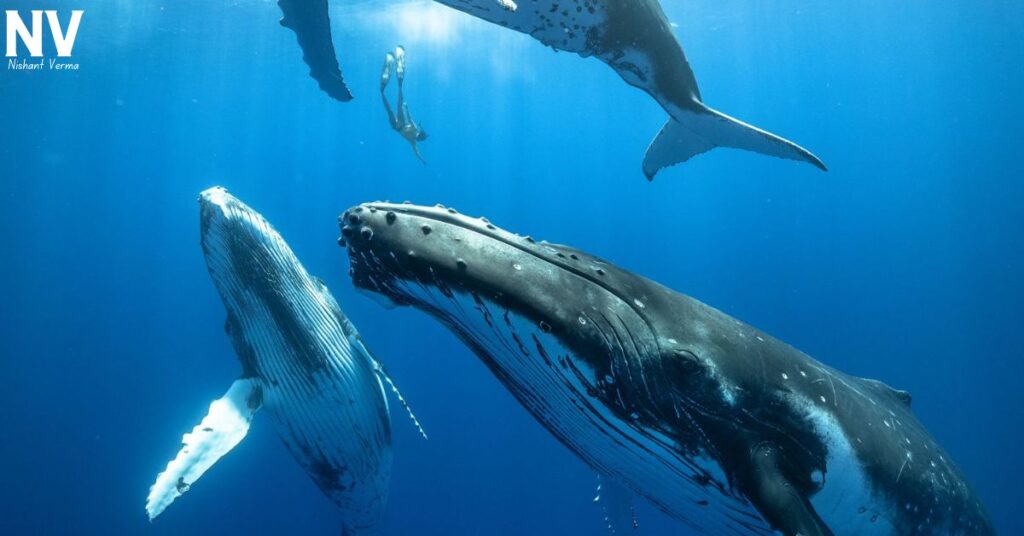Nature has been a teacher for humans since the beginning of time. The great outdoors holds valuable lessons that can inspire and guide us in various aspects of life, including leadership. In this article, we will explore some simple yet profound leadership lessons from nature derived from observing the wonders of nature. These lessons can help us become better leaders by embracing the wisdom found in the wild.
Adaptability: Learning from the Chameleon
In the wild, survival often depends on adaptability. The chameleon, a small lizard, is a master at adapting to its surroundings. It changes color to blend in and avoid predators. As leaders, we can learn to adapt to different situations, be open to change, and adjust our strategies when necessary. Like learning from the chameleon, embracing adaptability allows us to navigate the ever-changing leadership lessons from nature landscape gracefully.

Teamwork: The Power of the Beehive
Observing a beehive reveals the incredible power of teamwork. Each bee has a specific role, and together, they achieve remarkable feats, such as building intricate hives and producing honey. Leaders can draw inspiration from bees by fostering a sense of teamwork within their teams. Recognizing and appreciating each team member’s strengths and contributions creates a harmonious work environment where everyone can thrive.
Resilience: Lessons from the Oak Tree
The oak tree stands tall in the face of storms, showcasing resilience in its ability to withstand harsh weather conditions. Leaders, too, must be resilient in the face of challenges. Like the oak tree, they can stand firm, adapt, and weather the storms that come their way. Resilience enables leaders to bounce back from setbacks, inspire their teams, and keep moving forward.

Communication: Whales and their Songs
Whales communicate through complex songs that travel vast distances underwater. This communication is crucial for their survival and social bonds. Leaders can take a cue from whales by emphasizing effective communication within their teams. Clear and open communication builds strong connections, fosters trust, and ensures that everyone is moving in the same direction toward common goals.
Patience: The Wisdom of the Tortoise
The tortoise teaches us the virtue of patience. In a world that often values speed, leaders can learn from the slow and steady wisdom of the tortoise. Patience allows leaders to make thoughtful decisions, build enduring relationships, and navigate challenges calmly and collectedly. Patient leaders achieve sustainable success over time as the tortoise wins the race against the hare.
Innovation: Birds and their Nest-building Skills
Birds showcase incredible innovation in building nests suited to their environments. Leaders can adopt a similar mindset, encouraging team creativity and innovation. Fostering an environment where new ideas are welcomed and team members feel empowered to think outside the box can lead to groundbreaking solutions and advancements.
leadership lessons from nature by Example: The Elephant’s Wisdom
Elephants are known for their strong family bonds and leadership lessons from nature within their herds. The matriarch, usually the oldest and most experienced female, leads by example. Leaders can draw inspiration from elephants by leading with integrity and setting a positive example for their teams. A leader who embodies the values they expect from their team fosters a culture of trust and respect.

Balance: The Dance of the Butterflies
Butterflies gracefully navigate the air, showcasing balance in their movements. Leaders, too, must find balance in their professional and personal lives. Balancing responsibilities, managing priorities, and taking time for self-care are essential aspects of effective leadership lessons from nature. Just as the delicate dance of butterflies captivates observers, leaders who find balance inspire and motivate their teams.
Collaboration: Wolves and Pack Mentality
Wolves are known for their pack mentality, where collaboration and cooperation are crucial for survival. Leaders can glean insights from this social structure by emphasizing team collaboration. Recognizing the strengths of each team member and fostering a collaborative mindset leads to shared success and a stronger, more resilient organization.
Continuous Learning: The Curiosity of the Cat
Cats are naturally curious creatures, always exploring and learning from their surroundings. Leaders can cultivate a similar curiosity of the cat, embracing a mindset of continuous learning. Staying open to new ideas, seeking feedback, and adapting to changing circumstances is vital for leaders who wish to grow and lead effectively over time.
Conclusion: leadership lessons from nature
Nature is a boundless source of inspiration, offering timeless lessons for leaders willing to observe and learn. By drawing parallels between the wisdom of the wild and the challenges of leadership, we can enhance our understanding and practice of effective leadership lessons from nature. From adaptability and teamwork to resilience and continuous learning, the natural world provides a rich tapestry of lessons to guide us on our leadership lessons from nature journey. As we navigate the complexities of leadership, let us look to nature for wisdom and inspiration, remembering that sometimes the simplest lessons are the most profound.




